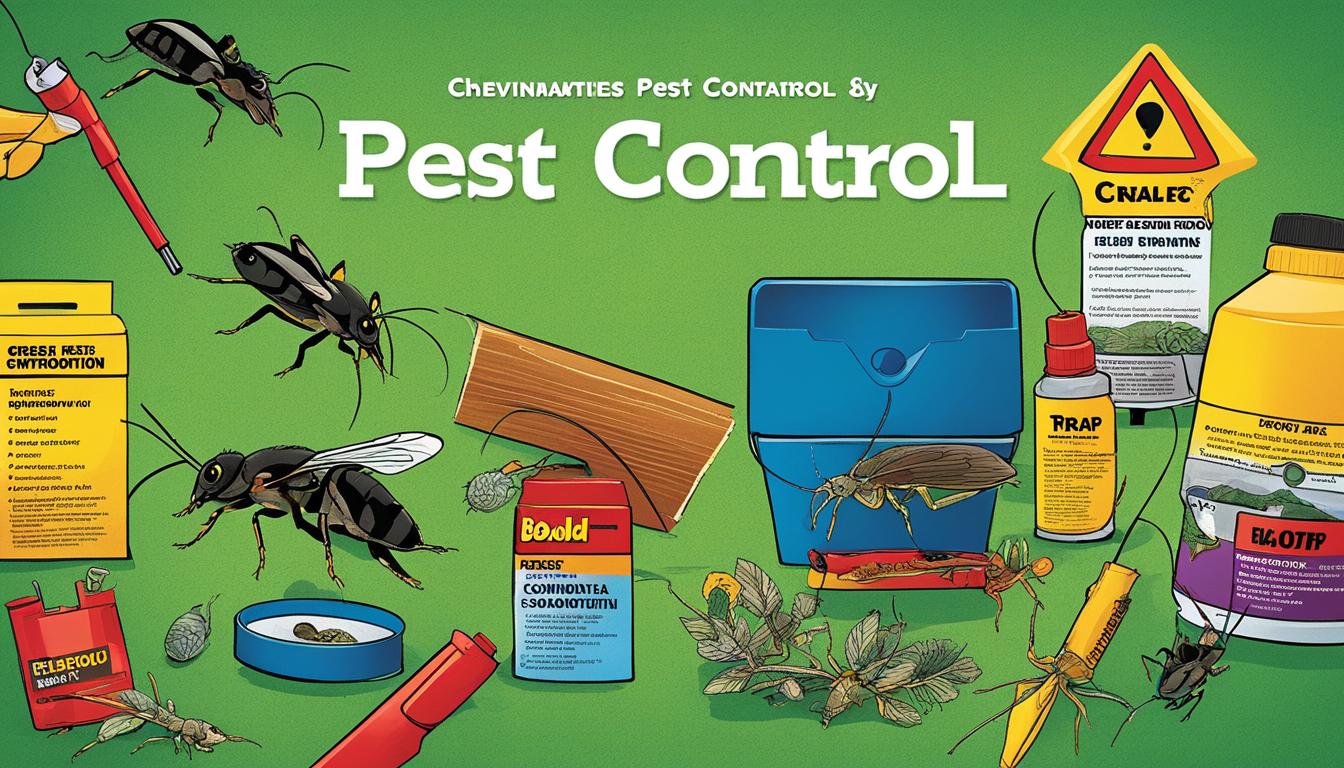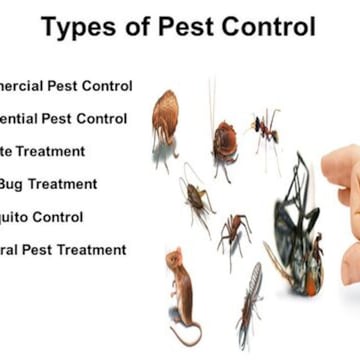The Basic Principles Of Pest Control
The Basic Principles Of Pest Control
Blog Article
The 9-Minute Rule for Pest Control
Table of ContentsTop Guidelines Of Pest ControlThe Definitive Guide to Pest ControlThe smart Trick of Pest Control That Nobody is Talking AboutWhat Does Pest Control Do?About Pest Control
Take a look at plants very carefully (tops of leaves, bases of fallen leaves, stems, and dirt) prior to planting to be sure they are tidy. Think about growing determined as resistant to insects. Resistant cultivars are those that fend off, are unsightly to, or otherwise disagree as food for certain bugs or that hold up against feeding by specific bugs with little decrease in return or quality.If deer are a problem in a garden, pick a plant that is naturally immune to deer predation over a plant that is a lot more appealing to deer. An indigenous downy hawthorn (Crataegus mollis) would be a much better choice than an Eastern redbud (Cercis canadensis (Pest Control). Growing two comparable plants in successive years has a tendency to raise insect problems.
Some bugs hibernate in the dirt or trash around plants or lay eggs in or on the host plant. Do not grow the exact same sort of veggie in the exact same area yearly (Number 84). Use associated plants in a site only as soon as every 3 or 4 years. The turning duration for staying clear of some tomato conditions may be 5 to 7 years.
Plant turning is most effective on bugs that develop on a few plants. Prevent placing all plants of one kind with each other; rather spread them throughout the yard (Number 85). Consider alternating groups of various plants within rows or patches. Insects that become severe on cabbage possibly likewise infest nearby mustard, broccoli, and collards, yet they may not spread to cabbage grown on the other side of the yard.
Some Of Pest Control

If the weeds are closely relevant to the crop plants, they can harbor insect insects and need to be removed. Pests with a broad host rangesuch as armyworms, crickets, cutworms, flea beetles, insects, lygus insects, slugs, snails, have an odor insects, and thripsoften populate weedy locations and can relocate to close-by desirable plants.
It is necessary to mow weeds before a crop is established to avoid bugs from relocating to the desirable plants. Weeds can be a forage, nectar, or pollen resource for advantageous microorganisms. Milkweed (Asclepias spp.) is the larval plant to the queen butterfly. Weeds that draw in pests can be a feeding ground for birds.
Pest Control Fundamentals Explained
The blossoms of thistle, plantain, knotweed, and dandelion are necessary to honey populaces. Eliminating weeds after flowering but before seed collection supplies food for the honey bees yet maintains the weeds from remaining to spread. An additional method to handle insect pests is to plant a plant that is very appealing to bugs and after that deal with the catch crop with insecticide.
Plant rotation is a useful cultural technique for minimizing insect and illness issues, however lots of gardeners do not have the area to completely apply this method. Where area is restricted, it might be visit homepage best to permit the garden to lay fallow for a year or 2 or even more. Think about elevated beds with new dirt or plant in containers when you understand a disease trouble exists.
Leave a few inches of area around the trunk of the plant when mulching. Scot Nelson Flickr Number 84. Crop rotation is crucial.

The Only Guide for Pest Control
Nearly any type of big non-venomous pest can be picked off at any phase. To avoid the job of hand-squashing the parasites, knock the insects and egg clusters right into a coffee can or quart container with a percentage of water and a little bit of recipe cleaning agent. Insect catches can help with discovery and management.
These catches do not capture some wingless types, as well as those varieties active only during the day (diurnal) as opposed to active during the night (nighttime). Scent traps are made use of for finding the visibility of parasites or sometimes for interfering with insect breeding routines. Grown-up women generate and release a chemical odor attractive to men of the same types.
Rain, amazing temperature levels, wind rate, and wind direction can decrease the lures' efficiency. Heat, sunlight, or improper storage space can harm aromatic lures. The finest success happens when the insect density is reduced and motion right into the location is very little. Some physical traps are simple to make from products around the home.
The Ultimate Guide To Pest Control
Mix 1 quart of clay with 2 gallons of water and 1 tablespoon of visit our website liquid soap in a sprayer. Continually fluster the sprayer to stop clumping of great site the clay. Reapply every one to 3 weeks. This obstacle is precautionary; it will certainly not function if an insect pest is already developed.
Report this page